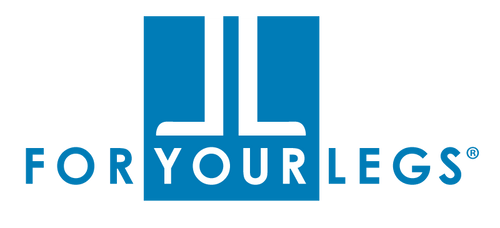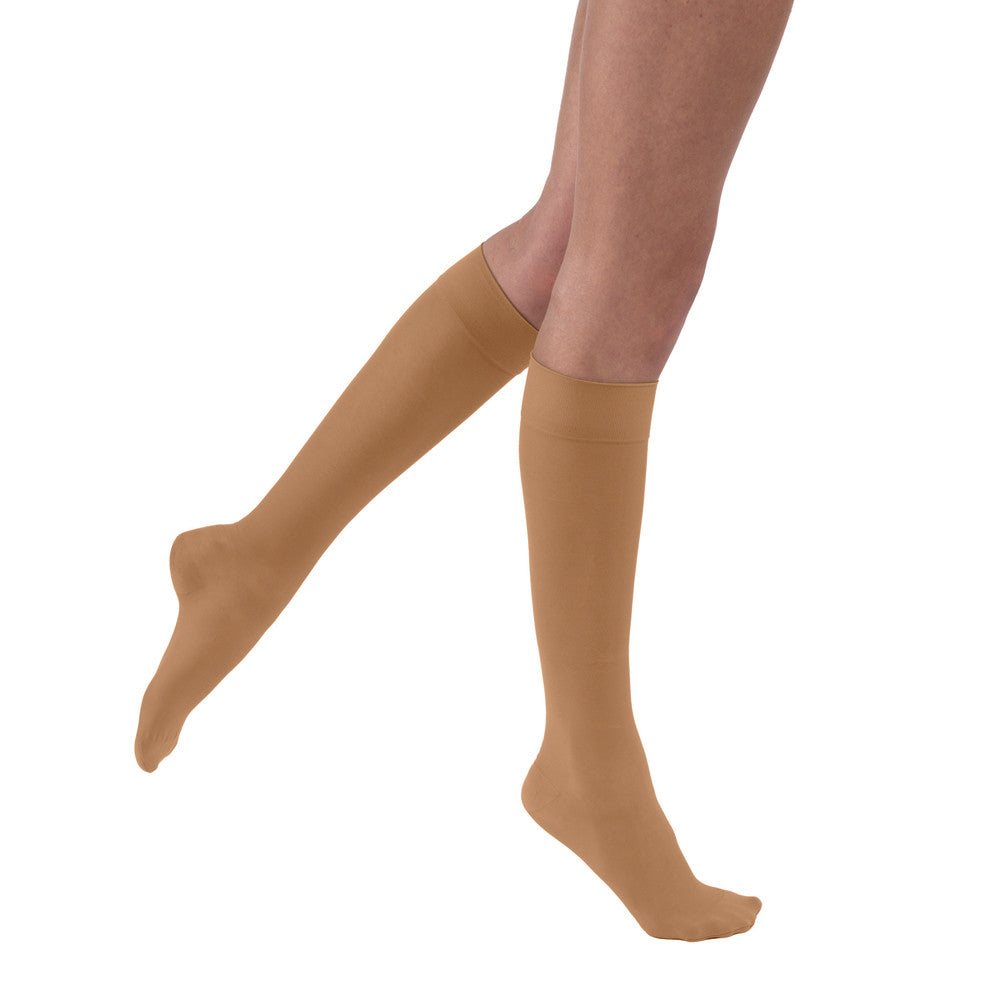Treating Spider Veins with Sclerotherapy
If you've noticed small, dilated red or purple veins on your legs or ankles, you've probably got telangiectasia, better known as spider veins.
These superficial veins are fairly common and usually caused by genetic disposition, pregnancy, weight gain, trauma, or long periods spent sitting or standing. Not only are they a cosmetic nuisance, spider veins can also be uncomfortable and lead to further health complications like pain or chronic swelling. By dealing with these veins at an early stage, however, many of these complications can be alleviated or even prevented!
One such way to address spider veins is through a popular treatment called sclerotherapy. Developed in the 1920s, sclerotherapy is a non-surgical procedure that eliminates problematic veins by using a micro-needle to inject a special solution directly into said vein; the solution irritates the vessel's lining, causing the vein to collapse and eventually reabsorb into the body.
Performed in-office with no anesthesia required, sclerotherapy is a safe and effective treatment with a relatively high success rate, although complete correction shouldn't be expected on the first go: depending on the number and size of the spider veins present, multiple treatments spread a few weeks apart may be needed to really achieve optimal results.
If you're concerned about pain while undergoing a sclerotherapy procedure, know that although some mild discomfort during the individual injections can be expected, the overall procedure is not painful. It's quick, too: you'll be out within thirty minutes to an hour, free to resume your normal activities!
For the first day or so following your procedure, it's recommended that you avoid hot baths or showers, anti-inflammatory drugs such as aspirin or ibuprofen, and direct exposure to sunlight. You should also refrain from any vigorous activities that could put unwanted pressure on the treated area; instead, walking is a great, gentle way to promote healing and overall venous health.
It will be very important to wear compression bandages or stockings for the first few weeks following a sclerotherapy procedure. This external compression helps keep the vein closed and prevents blood from flowing into the treated vessels, expediting the healing process and aiding in circulation.
After a sclerotherapy treatment, some redness, tenderness, or bruising may occur around the injection site; you may also experience muscle soreness or mild itching. These side-effects are temporary and will clear up within a few days to a few weeks. If hyperpigmentation spots appear around the injection site or your veins look a little darker, don’t fret—this happens during the healing process, and they'll fade over the next four to six weeks. It’s also common for new, tiny blood vessels to develop near the injection site; these will resolve themselves within a year without needing any further treatment.
Like any medical procedure, sclerotherapy is not without its risks: allergic reactions, skin ulcerations, and deep vein thrombosis are all rare yet possible complications following a treatment. No matter how uncommon they may be, it's important to be aware of them and to contact your doctor if you notice any unusual inflammation, sudden onset of swelling in your leg, or ulcers at the injection site.
Because it's often deemed a cosmetic procedure, insurance coverage for sclerotherapy varies and providers may require some documentation from your doctor indicating the medical necessity of the treatment. If you’re interested in sclerotherapy, be sure to check with both your insurance and your healthcare providers about your options!
SOURCES
“Conditions and Treatments.” Patient Information. American College of Phlebology. Web. Retrieved from http://www.phlebology.org/patient-information/conditions-treatments/treatment#sclerotherapy
“Frequently Asked Questions about Sclerotherapy.” Vein Center. Providence Health & Services. Web. Retrieved from http://washington.providence.org/clinics/mill-creek/services/vein-center/frequently-asked-questions-about-sclerotherapy/
“Sclerotherapy.” Cosmetic Dermatology. Johns Hopkins Medicine. Web. Retrieved from http://www.hopkinsmedicine.org/dermatology/specialty_areas/cosmetic/sclerotherapy.html
“Sclerotherapy.” Newstoom. The American Society for Aesthetic Plastic Surgery. Web. Retrieved from http://www.surgery.org/media/procedure-facts/sclerotherapy
“Sclerotherapy for Varicose and Spider Veins.” Skin Problems and Treatments. WebMD LLC. Web. Retrieved from http://www.webmd.com/skin-problems-and-treatments/cosmetic-procedures-sclerotherapy#1



Leave a comment